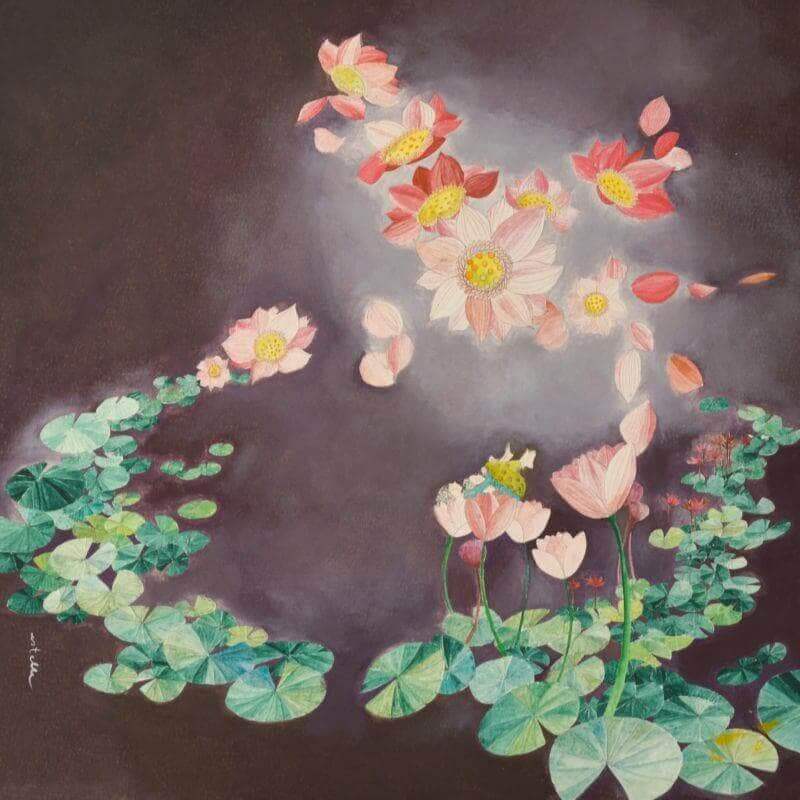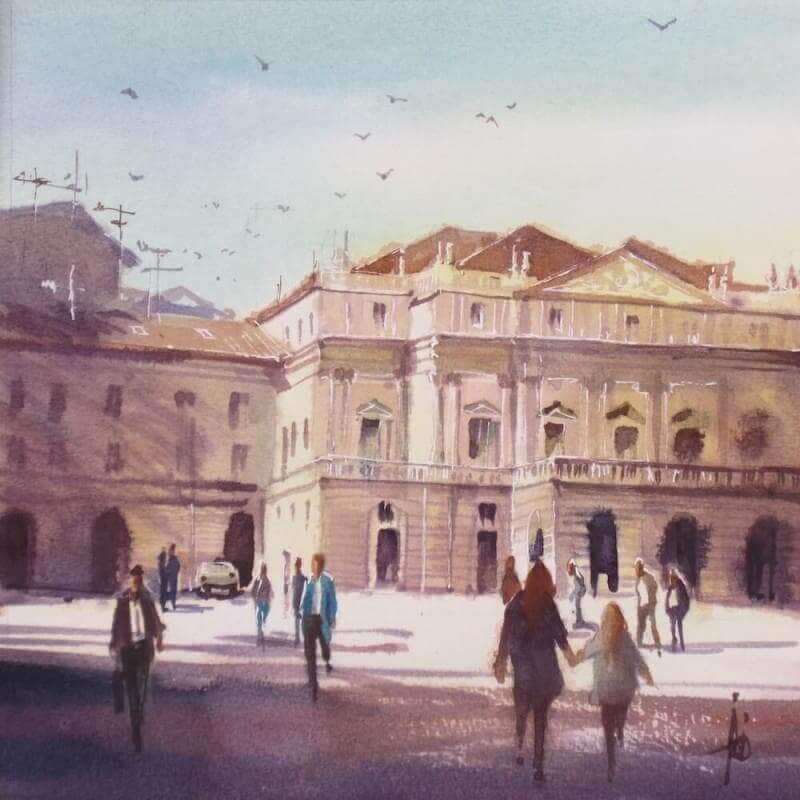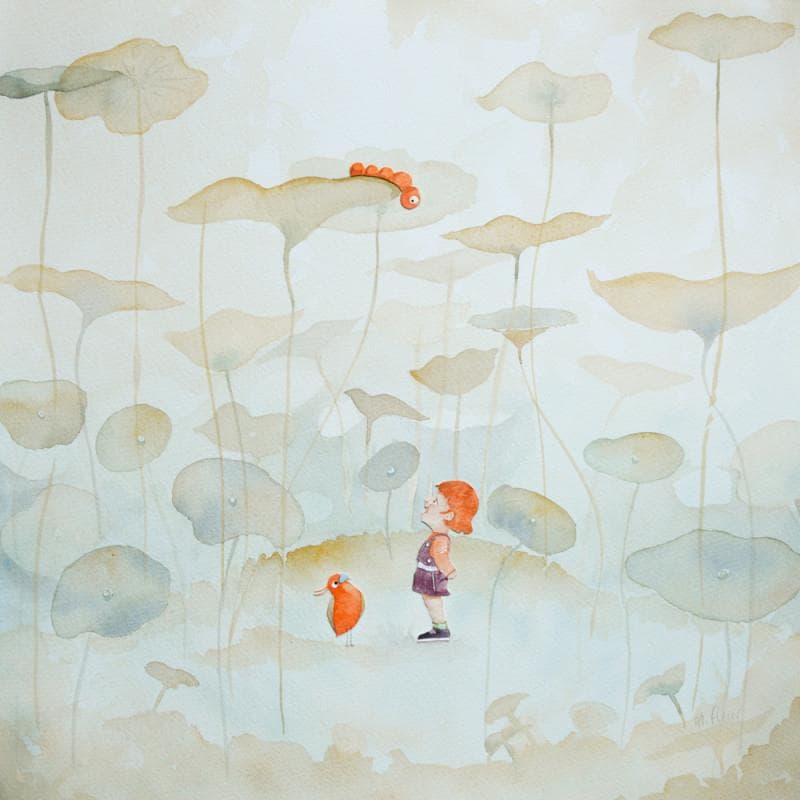6 things to know about watercolors
- 28/01/2021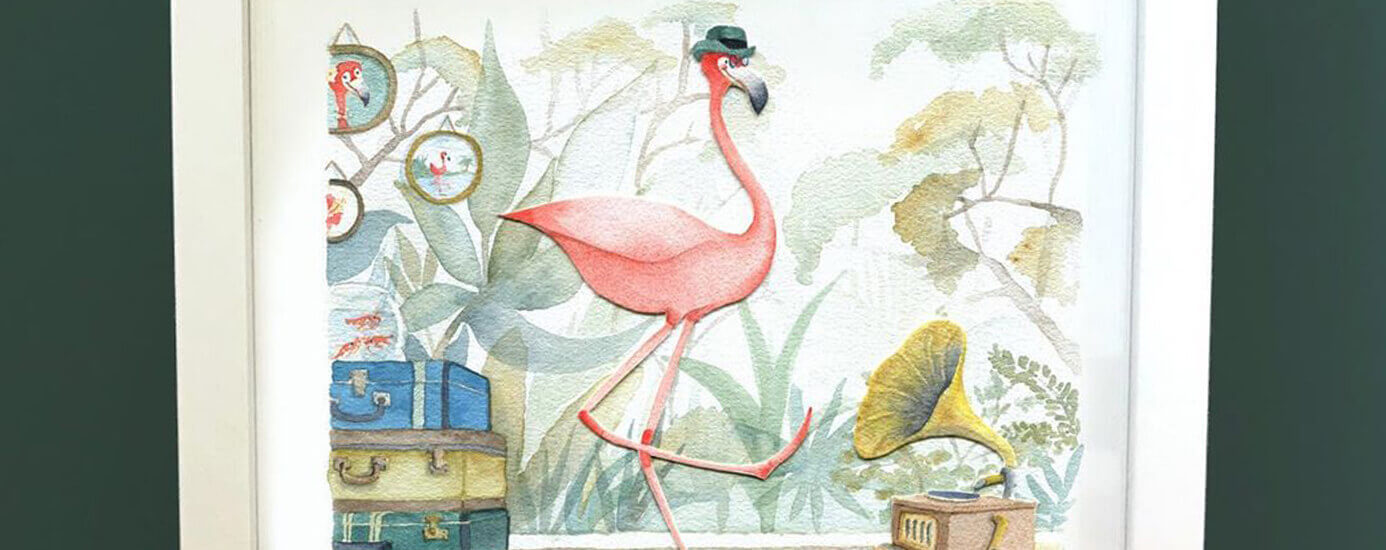
Everybody has heard about watercolor: unlike sculpture or other more complex practices, watercolor is within everyone’s reach, starting in kindergarten. But what do we really know about this likeable water-color paint? Answers in six not-so-silly questions!
WHAT IS WATERCOLOR ?
Watercolor is a water-based paint, most often applied on paper or canvas. At times, it adds or fills in a drawing made in pencil. Unlike gouache, which is opaque, watercolor is transparent: its intensity varies depending on the amount of water and can lead to very pale tones - or with little water and a lot of pigments, to rather intense hues.
WHERE DOES WATERCOLOR COME FROM ?
Tough to say! One thing is for sure: as early as the 3rd century, Chinese artists mixed Indian ink with water to paint patterns and are probably the ancestors of watercolor. In Europe, this practice became very trendy 18th century onward, where it spread and asserted itself as a fully-fledged art.
WHAT ARE ITS ADVANTAGES ?
Watercolor is very practical: all you need is a palette of pigments, some water, and a brush to paint! It dries up very quickly, which favors all kinds of practices outside the workshops: painting outdoors quickly, on sketchbooks or all kinds of media that slips into a pocket or a drawing board. This is why it was extremely popular with artists like Turner and the Impressionists, who liked to work directly on the pattern. (It is an ideal material for children, triggering much less crisis and staining than gouache or oil paint!)
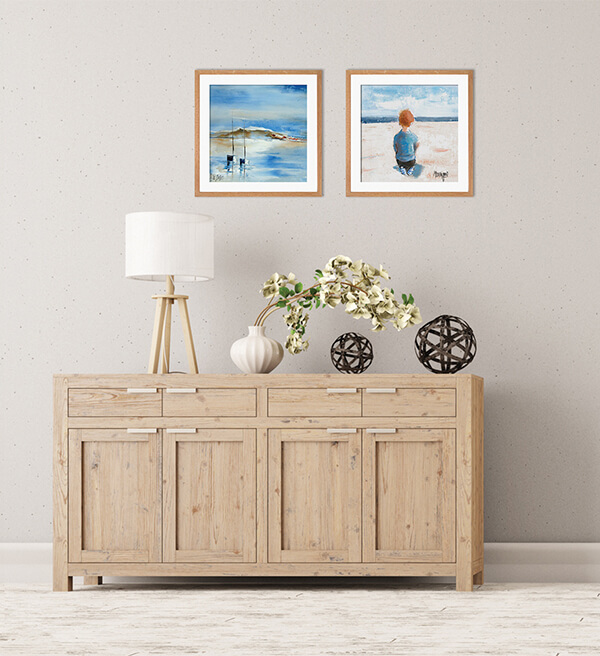
ARE THERE GREAT WATER COLORIST ?
Wrongfully, watercolor might seem soppy, ancillary, without any scope. It is quite the opposite actually! Here is a proof with the artists who practiced it with great passion: Turner is certainly the best known among them; the English painter having lent his credentials to watercolor by using it in dozens of landscapes, captured everywhere in Europe. It allowed him to be detailed and precise through his chromatic observations! Thereafter, Eugène Delacroix filled entire books with watercolors, with memories of trips to North Africa, Egon Schiele elated his sensual and erotic dimension, Louise Bourgeois used very red, almost bloody aspects, to better challenge the apparent wisdom… Such enriched history!
WATER COLOR IN A QUOTE ?
WATERCOLOR TODAY : WHO AND HOW ?
In contemporary art, watercolor still appeals to artists. Zao Wou-Ki, for example, has created many abstract watercolors, full of motion and splashes of color.
At Carré d'Artistes, the painter Estelle Régent creates very poetic watercolors, in which one can perceive abound plants and flowers, in bewitching compositions, through a very rich color palette. Marjoline Fleur, explore phantasmagorical world, childish and colourful universe. And Violaine Abbatucci, attracted by the heat of ochre, the dance of shadows on buildings and the bustle of roads and market places
